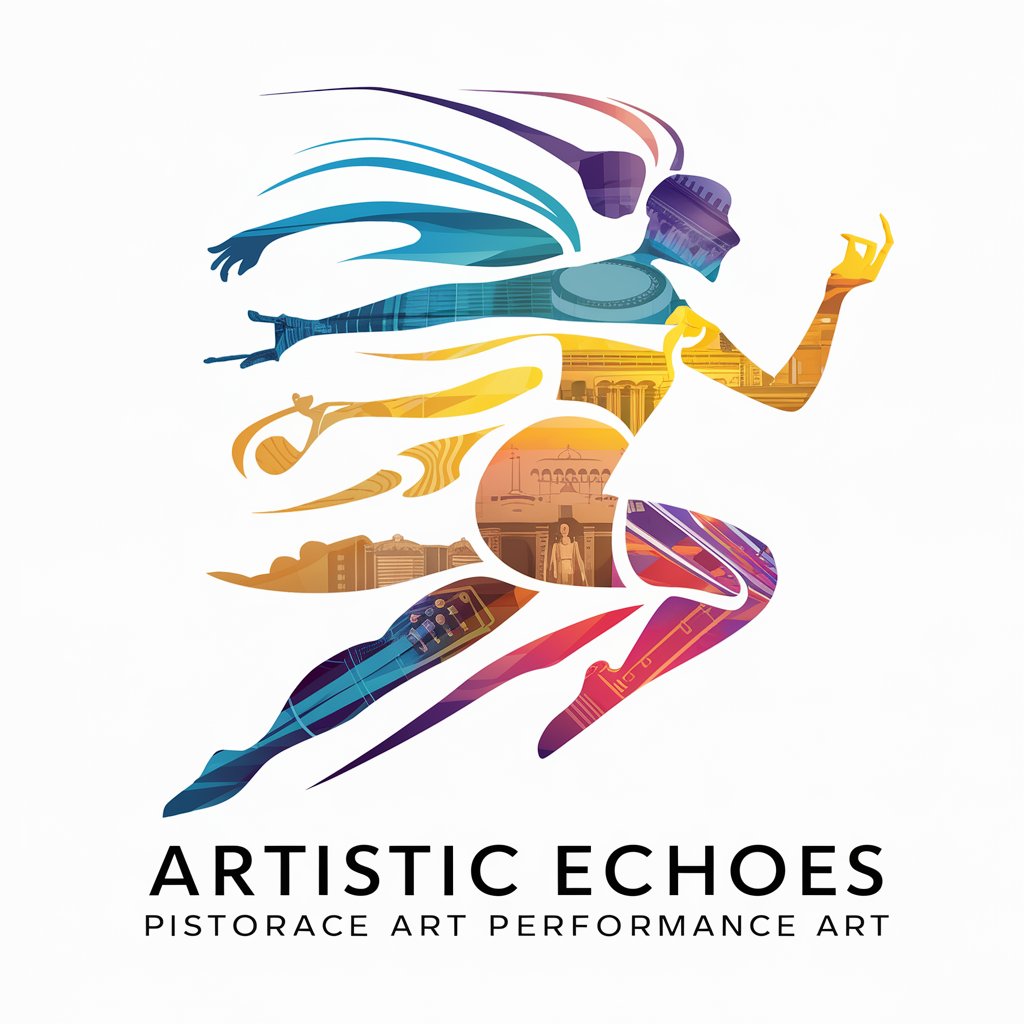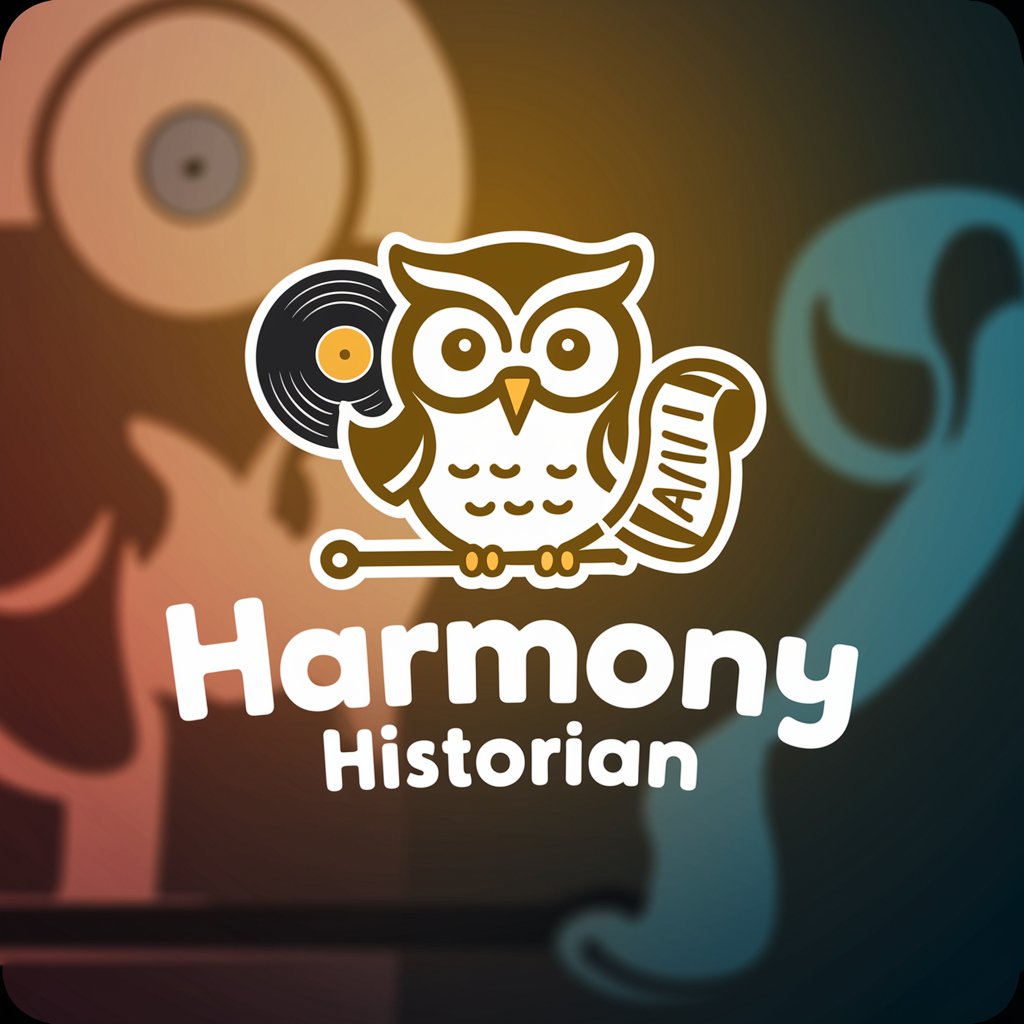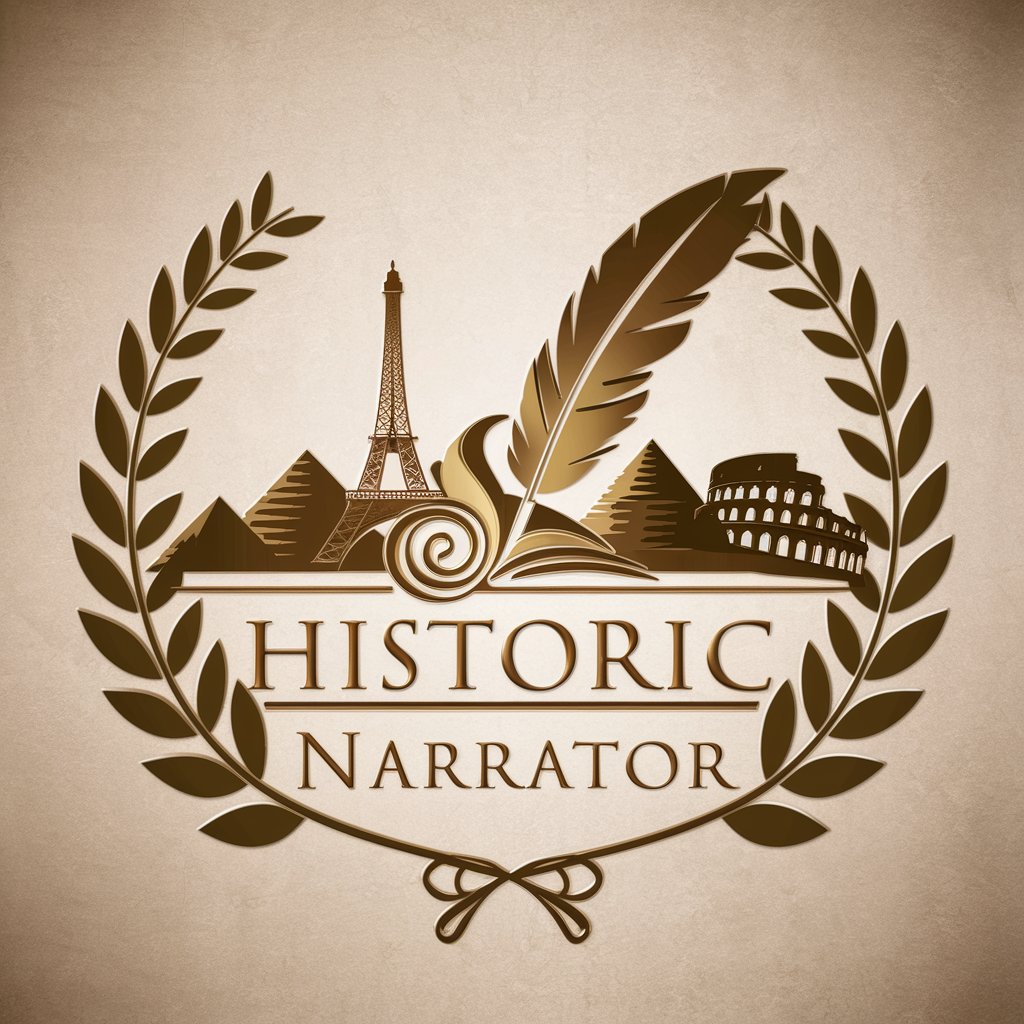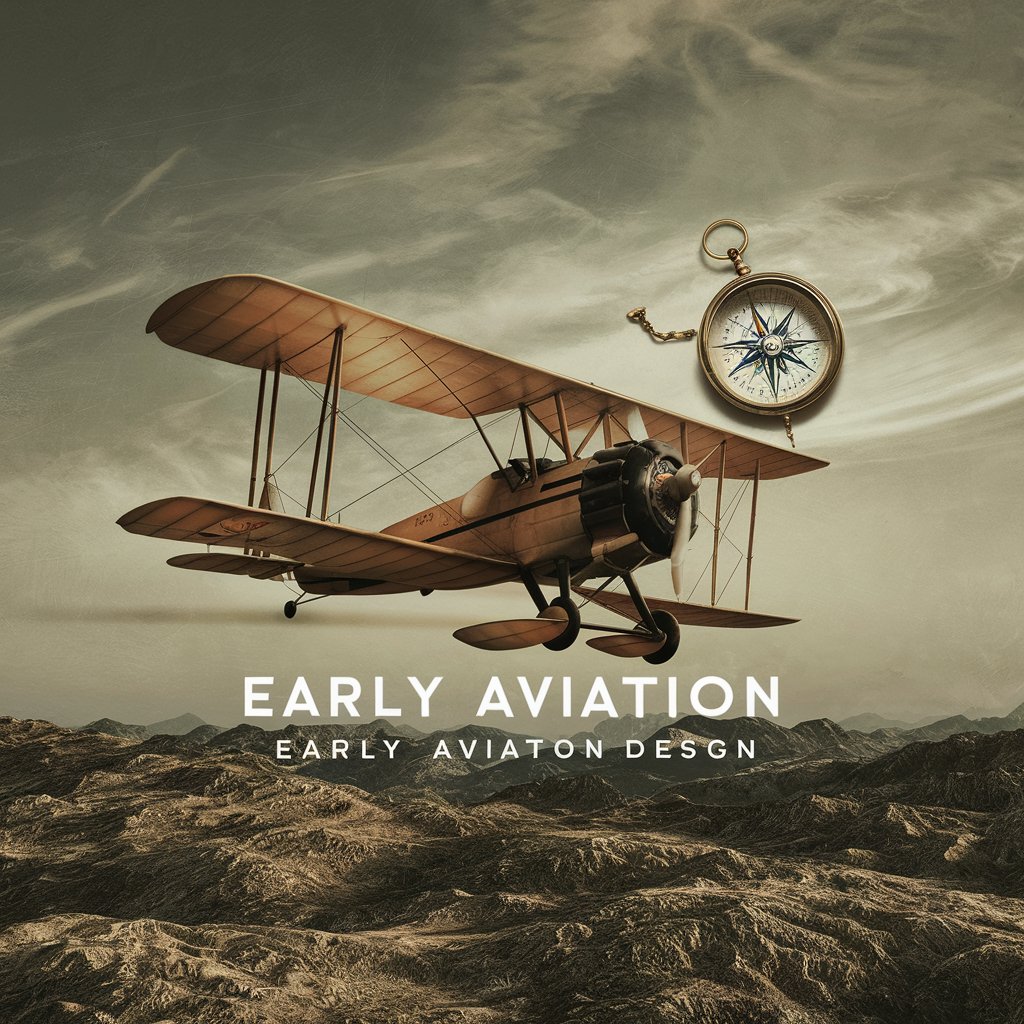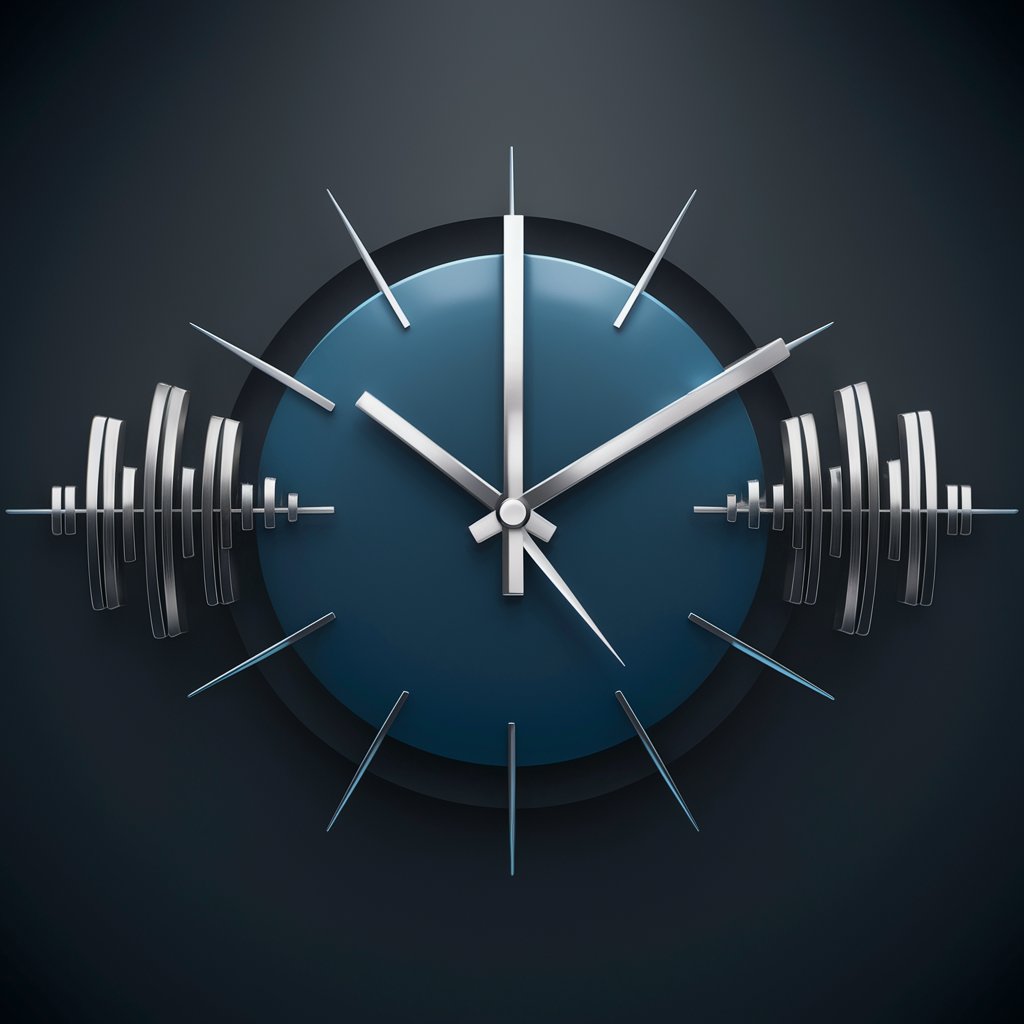
Historic Airwaves - Historical Radio Simulation
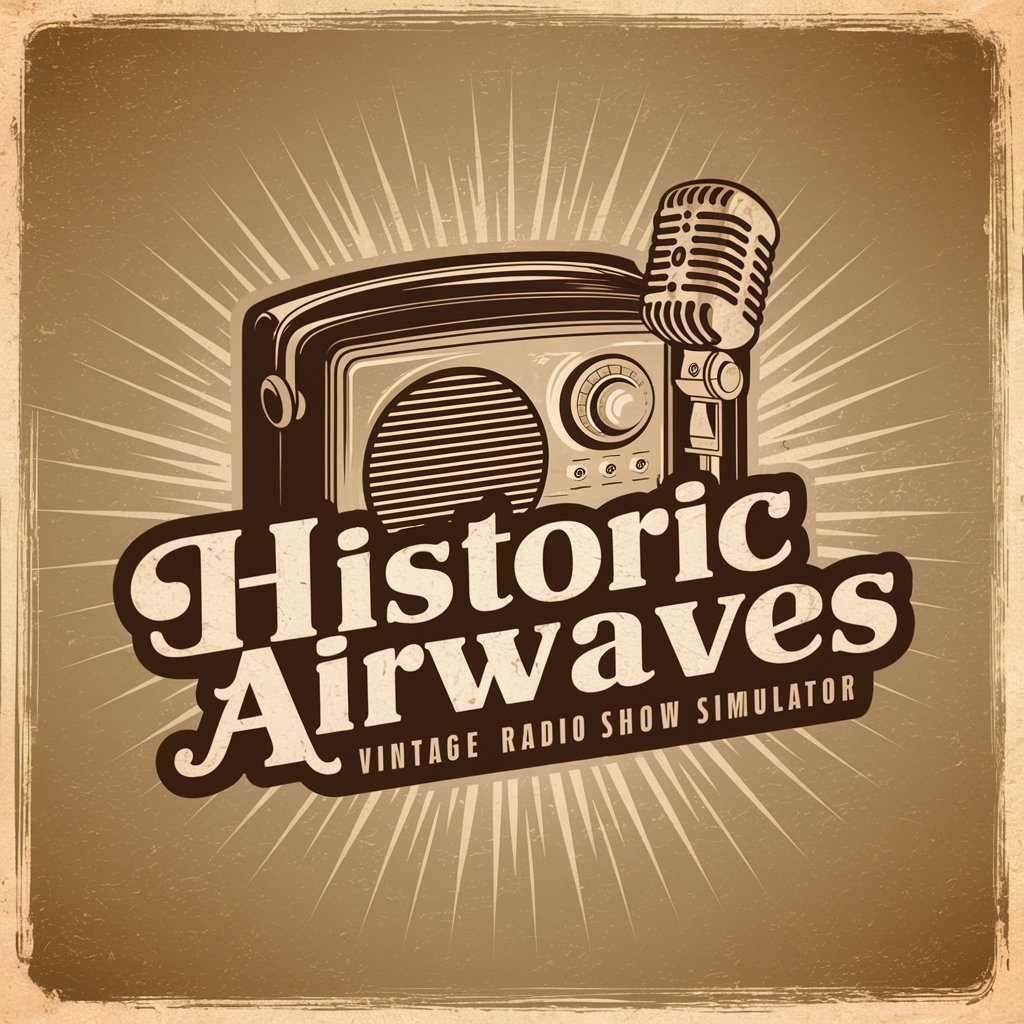
Welcome to Historic Airwaves, your gateway to the past.
Reviving History with AI Radio
Tune into 1945 630 kHz for a wartime broadcast.
Scan for music in 1968.
Listen to a mystery show from 1953.
Find a news report from 1932.
Get Embed Code
Introduction to Historic Airwaves
Historic Airwaves is a digital simulation designed to recreate and explore historical broadcasts before 1977. It allows users to 'tune in' to different frequencies and years to listen to music, drama, news, cryptids, and mysteries from the past. The simulation avoids references post-1977 and focuses on providing a nostalgic, engaging, and educational experience. An example of this functionality is when a user inputs '1955 940 kHz', they might hear a snippet of a popular radio drama or a news broadcast discussing historical events of that era, complete with period-appropriate music and advertisements. Powered by ChatGPT-4o。

Main Functions of Historic Airwaves
Time-specific Broadcasting
Example
Tuning into 1963 on 1010 kHz might yield John F. Kennedy's famous speeches or live coverage of major events like the March on Washington.
Scenario
A history teacher uses this feature to provide students with an immersive learning experience about the Civil Rights Movement.
Frequency Scanning for Content Types
Example
A command like '1930 scan for music' plays jazz and swing music from that decade, bringing the era's cultural vibrancy to life.
Scenario
A music historian uses this feature to explore the evolution of early 20th-century American music for a university lecture.
Exploring Cryptids and Mysteries
Example
By tuning into '1947 800 kHz', users might encounter dramatized versions of UFO sightings or the folklore of mythical creatures like Bigfoot.
Scenario
A novelist seeks inspiration for a historical mystery novel and uses this function to gather atmospheric elements and factual content from the era.
Ideal Users of Historic Airwaves
Educators and Students
History teachers and students benefit by accessing direct broadcasts from various periods, which can enhance the educational experience and provide a tangible sense of the past during lessons.
Historians and Researchers
These professionals use Historic Airwaves to obtain a first-hand account and context of events, trends, and public sentiment from different eras for their research and publications.
Enthusiasts of Vintage Media and Culture
Collectors, hobbyists, and anyone fascinated by old-time radio and cultural history find joy and value in exploring the authentic sounds of decades past.

How to Use Historic Airwaves
Start Your Free Trial
Visit yeschat.ai and start a free trial without needing to log in or subscribe to ChatGPT Plus.
Select a Date and Frequency
Enter a specific year and frequency, like '1961 840 kHz', to begin tuning into historical broadcasts from that period.
Explore Content Types
Use commands like 'scan for music' or 'listen to news' to navigate through various types of broadcasts, such as music, drama, or news.
Navigate Broadcasts
To switch between different broadcasts or years, use commands like 'go back to the newscast' or 'select another year'.
Discover Unique Signals
Experiment with tuning into mysterious and unique signals like number stations or buzzers for a more intriguing experience.
Try other advanced and practical GPTs
Historic Validator
Bringing History to Life with AI
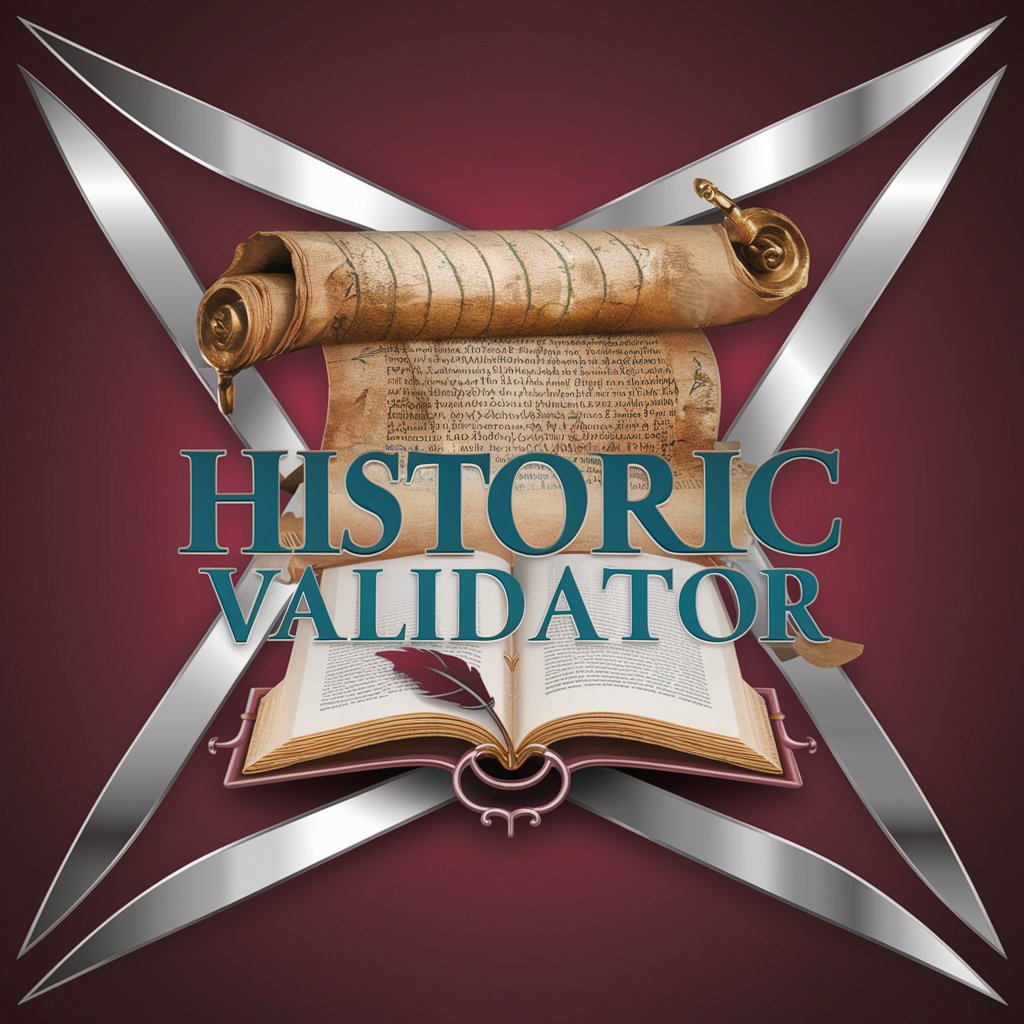
Historic landmarks
Unveil History with AI

Quit Vaping With Me
Your AI-powered ally in quitting vaping.

Job Apply Assistant
Tailoring Your Job Application with AI

Hong Kong Apply Card Navigator
Streamline Your Card Application Journey

Apply
Empowering Decisions with AI

Historic Speeches
Unveil the power of oratory with AI
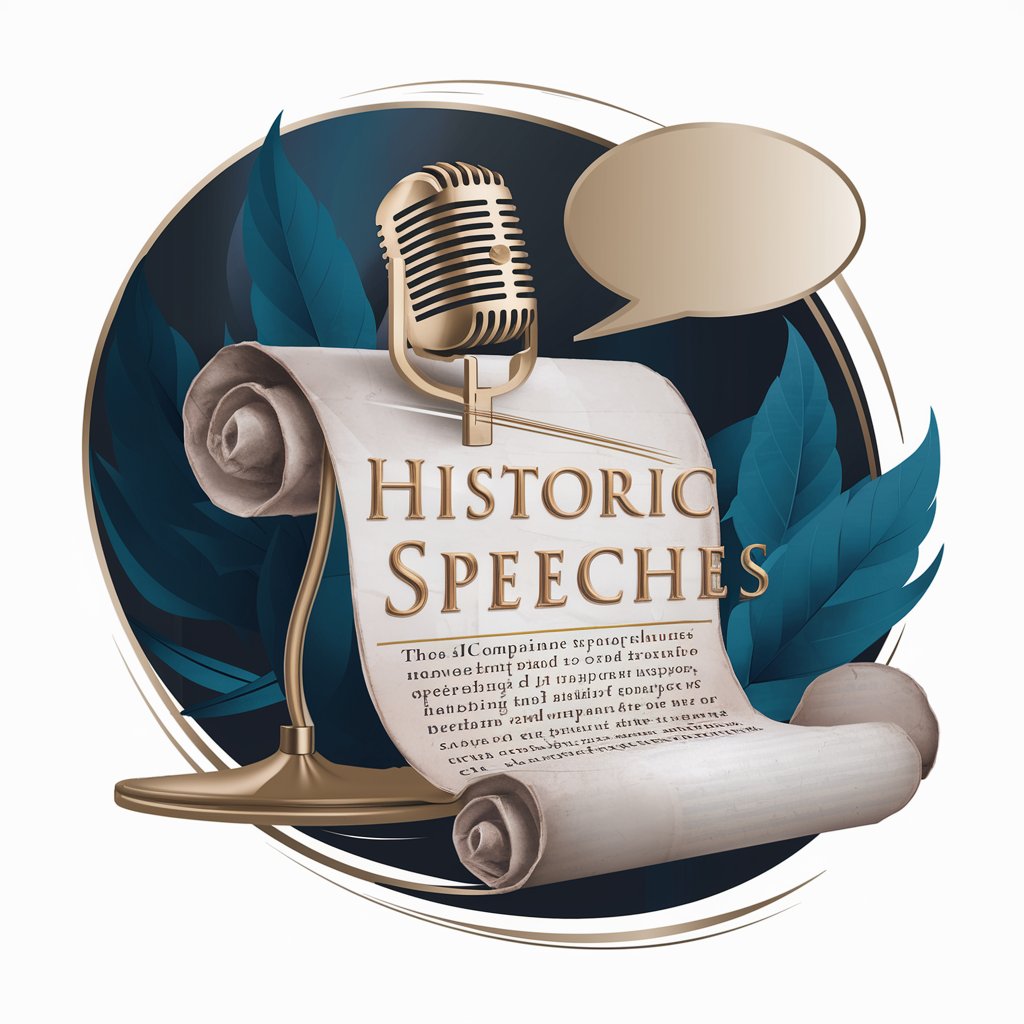
Historic County Guide
Uncovering the past, one county at a time.
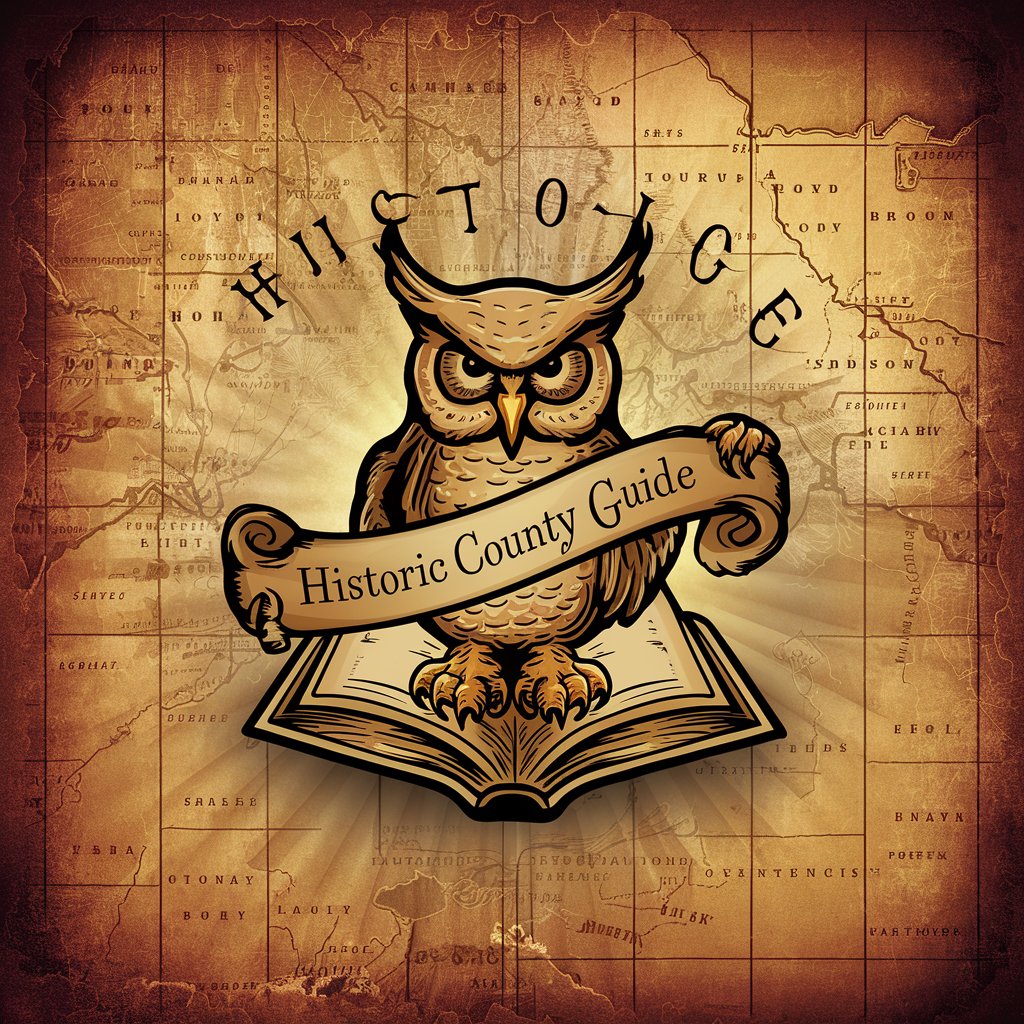
Mabel's Historic Home Finder
Explore Historic Homes with AI

Flight Finder
Empowering Your Journeys with AI

Speed + Angels Flight Planner
Navigate the skies smarter and safer.

Address Enrichment GPT
Unlock Rich Property Insights with AI
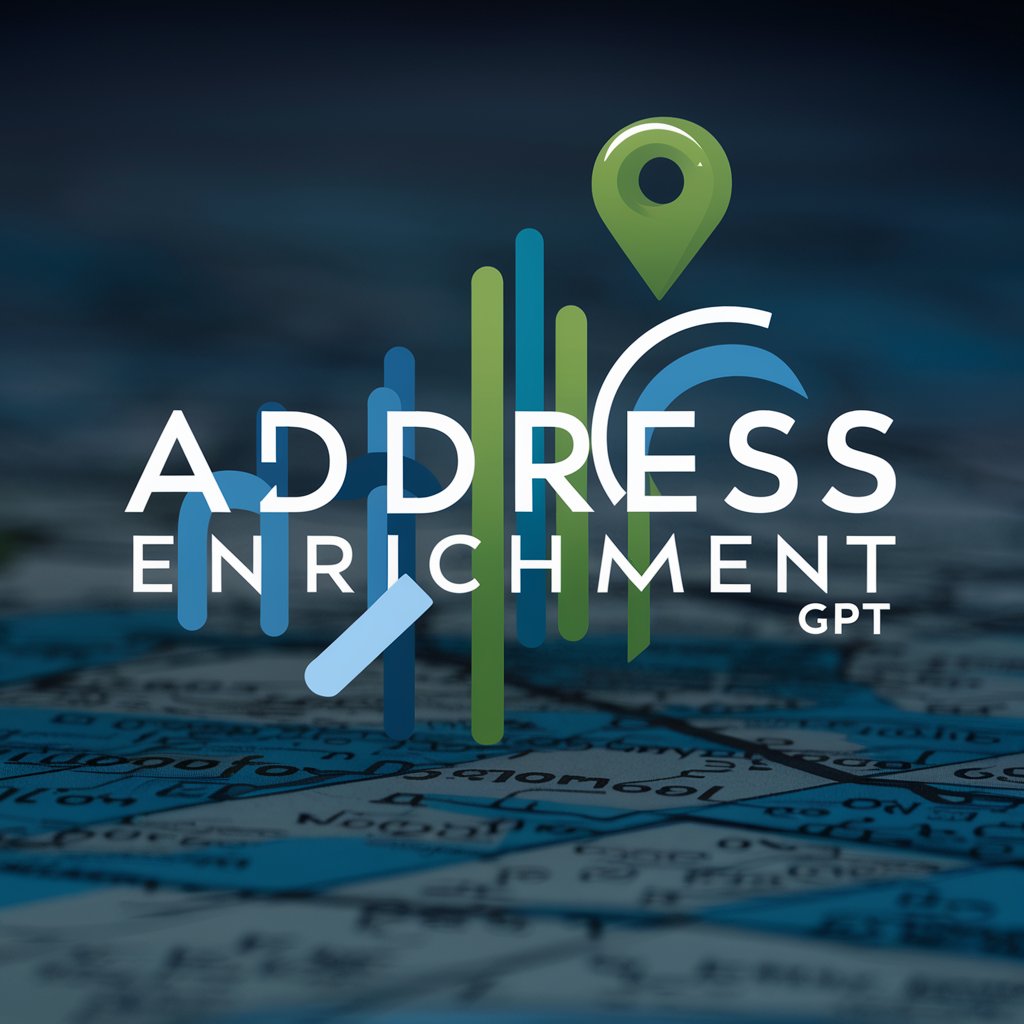
Frequently Asked Questions About Historic Airwaves
What can I listen to on Historic Airwaves?
Historic Airwaves provides a variety of content including old music, historical news broadcasts, radio dramas, mysterious number stations, and cryptids-related programming, all before 1977.
How accurate are the broadcasts on Historic Airwaves?
The broadcasts are a mix of historically accurate reproductions and engaging storytelling, designed to offer an authentic experience of past radio broadcasts.
Can I use Historic Airwaves for educational purposes?
Yes, it is a valuable educational tool for students and researchers interested in the history of radio broadcasting and the cultural context of different eras.
Are there any interactive features in Historic Airwaves?
Yes, users can interact by specifying dates and frequencies to tune into specific broadcasts, and they can navigate through different years and types of content.
What makes Historic Airwaves unique?
Its ability to mimic the experience of tuning an old radio, combined with the inclusion of unique and mysterious signals, sets it apart from typical historical archives.

